
|
Countries of Africa |
list of countries with names capitals and curent flags description |
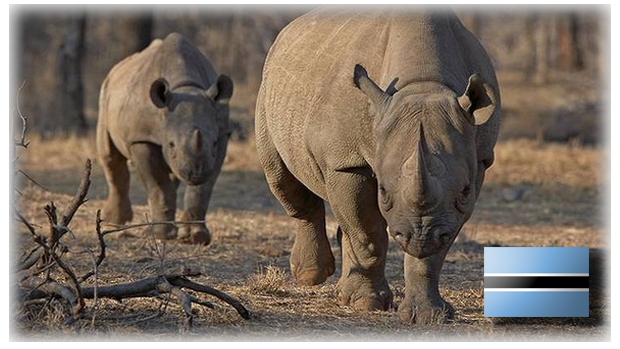 |
Botswana - GaboroneThe Botswana flag was once formally adopted on September 30, 1966.The colours on the flag correspond to these on the nationwide coat of arms. The blue represents water, the white-black-white bands depict the racial unity of the individuals as neatly as the pluralist nature of the society. They are impressed by way of the coat of the zebra, the nationwide animal. |
 |
Cameroon - YaoundéThe Cameroon flag used to be formally adopted on May 20th, 1975, and the sample displays the French Tricolore.The red symbolizes team spirit, as well as the situated yellow star. Green represents hope and the yellow prosperity. These colours blended are the authentic Pan-African colours. |
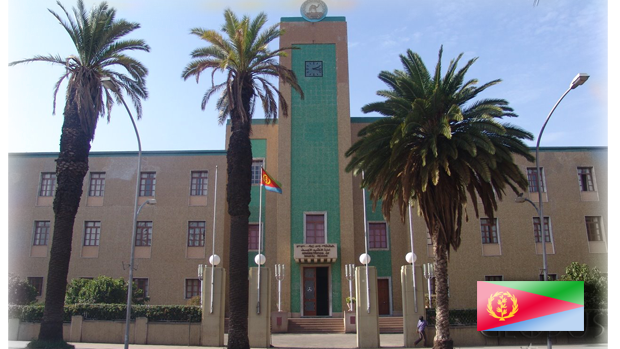 |
Eritrea - AsmaraThe flag of Eritrea was once formally adopted on May just 24, 1993.The green, blue and red are the authentic colours of the Eritrean People's Liberation Front (EPLF). The olive branch inside the red triangle is circled through a wreath, and together they symbolize the country's autonomy. |
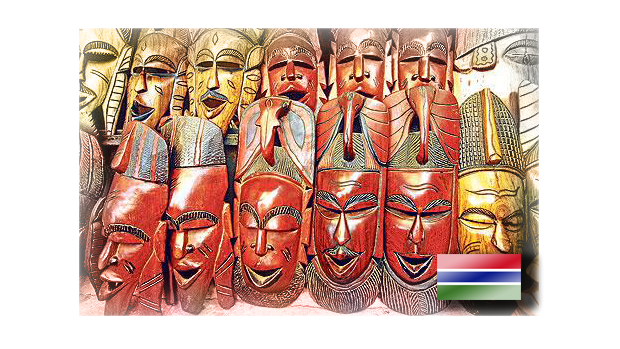 |
Gambia - BanjulThe Gambia flag was once formally adopted on February 18, 1965. Red represents the savanna grasslands, blue the River Gambia and green the country's forests. |
 |
Ghana - AccraThe Ghana flag was once formally adopted on March 6, 1957.The flag used to be the first to use the Pan-African colours of red, yellow, green and black. Red remembers the blood shed by way of freedom fighters throughout the battle for independence. Yellow represents the country's mineral wealth, whereas green is symbolic of the country's forests. |
 |
Kenya - NairobiThe Kenya flag was formally adopted on December 12, 1963. The black is mentioned to symbolize the Kenyan people; red symbolizes the blood they spilled preventing colonialism; green the country's panorama and white approach peace.The traditional African shield is centered. |
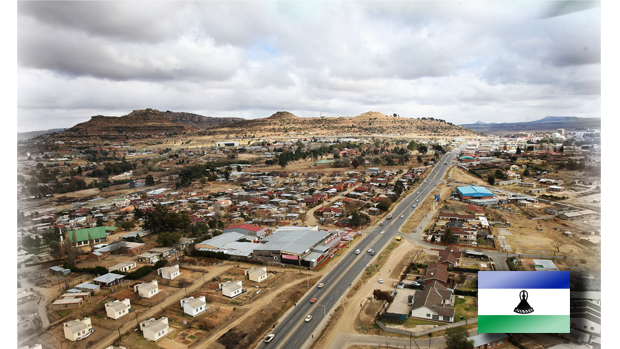 |
Lesotho - MaseruThe present Lesotho flag was once formally adopted on October 4, 2006.It options a horizontal blue, white, and green tricolour with a black mokorotlo (a Basotho hat) in the center. The design, offered to honor the country's fortieth anniversary of independence, displays a peaceable future for the country. |
 |
Liberia - MonroviaThe Liberia flag was once formally adopted on July 26, 1847. The flag is modeled after the U.S Stars and Stripes.The red and white stripes signify the eleven signers of the Liberian Statement of Independence. The white star is symbolic of African Solidarity. |
 |
Malawi - LilongweThe present flag of Malawi was once adopted on 29 July 2010, after the Democratic Progressive Party-led executive had proposed a new flag. The stripes have been altered from the earlier flag to fit the authentic Pan-African Flag format, with the red stripe at the top, the black stripe in center, and the green stripe at the bottom. The rising sun at the flag's top was once changed with a full, centred white sun representing the financial growth Malawi has made due to the fact turning into independent. The opposition United Democratic Front is difficult the legitimacy of flag alternate in court. The flag used to be endorsed through the President of Malawi, Bingu wa Mutharika, who authorized the flag exchange on 29 July 2010. There used to be a lot public outcry about whether or not there used to be a want to change the flag at Malawi's existing political juncture, however the flag change endured in spite of the alternate being unwelcome to a lot of the public. |
 |
Nigeria - AbujaThe Nigeria flag used to be formally adopted on October 1, 1960.The based white stripe is symbolic of peace and country harmony, whereas the green stripes symbolize the fertile land. |
 |
Rwanda - KigaliThe new Rwanda flag was once formally adopted on October 25, 2001. It was designed by a native artist.The green is symbolic of the country's prosperity, the yellow is symbolic of potential and actual financial construction, and the blue is symbolic of happiness and peace. The solar and its rays are stated to signify enlightenment. |
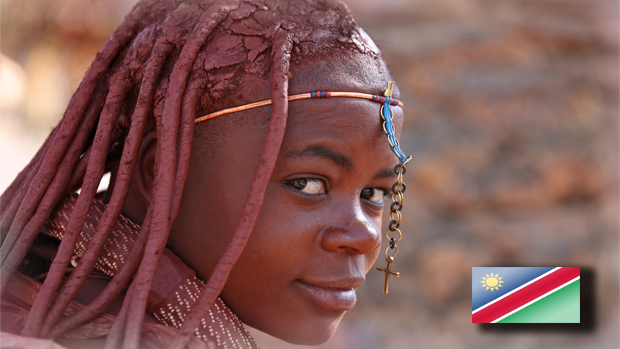 |
Namibia - WindhoekThe Namibia flag was once formally adopted on March 21, 1990.The blue, red and green had been the colours of the South West African People's Organization (SWAPO), the staff that liberated the country in 1990. In addition, these comparable colours are representative of the Democractic Turnhill Alliance, a political party. The sun is symbolic of vitality and existence. |
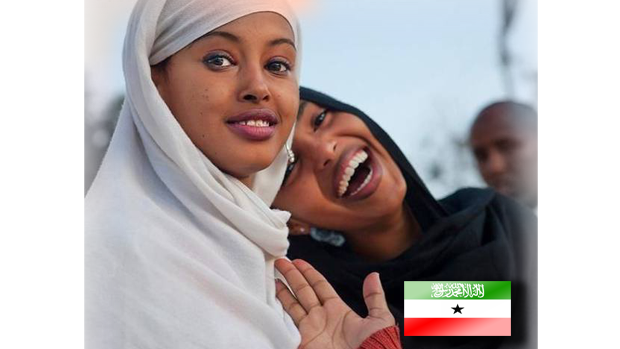 |
Somaliland - HargeisaA horizontal tricolor of green, white, and red, with the Shahada inscribed in white on the green stripe, and a black 5-pointed star charged on the white stripe |
 |
Sudan - KhartoumThe flag of Sudan was once formally adopted on May 20, 1970. It's similar to flags of different Arab nations in each coloration and model.The red represents socialism, green the conventional colour of Islam, whereas white is symbolic of purity and optimism. These three colours blended are additionally the legitimate Pan-Arab colours. |
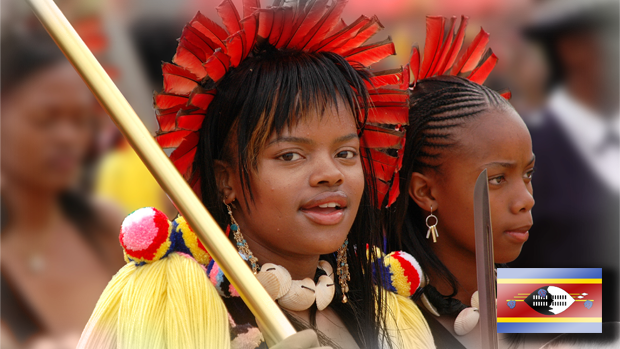 |
Swaziland - LobambaThe flag of Swaziland was once formally adopted on October 30, 1967. It's modeled after a flag given to the Swazi Pioneer Corps through King Sobhuza II in 1941.The centered regiment shield features a assisting workforce with placing tassels of feathers. Two Swazi ceremonial spears are positioned above the workforce. |
 |
Tanzania - DodomaThe flag of Tanzania used to be formally adopted on June 30, 1964.The green and black, representing the land and folks of Tanzania, have been taken from the authentic Tanganyikan flag. The blue, symbolizing the sea, was once borrowed from the Zanzibar flag. |
 |
Uganda - KampalaThe flag was once adopted October 9, 1962. The flag's colours: black, yellow and red, signify the Ugandan individuals, sunlight and brotherhood.The founded "Great Crested Crane" is the country's nationwide badge (symbol). |
 |
Zambia - LusakaThe flag used to be adopted October 24, 1964. Green represents agriculture, orange the country's copper, red symbolizes the battle for freedom, and black represents the individuals.The eagle is from the country's authentic coat of arms. |
 |
Zimbabwe - HarareThe flag was once adopted April 18, 1980. Green, yellow, red and black are the authentic colours of the ZANU PF, and Pan-Africanism. The white triangle represents peace, and its black edge the country's new leaders.The Soapstone Fowl is the nationwide brand, and the red star symbolizes an world outlook. |
 |
South Africa - PretoriaAdopted on April 27, 1994, the flag of South Africa used to be designed to characterize unity. The red, white and blue colours have been taken from the colours of the Boer Republics.The yellow, black and green are taken from the African National Congress (ANC) flag. Black symbolises the folks, green the fertility of the land, and gold the mineral wealth underneath the soil. These colours had been adopted via the ANC in 1925. |
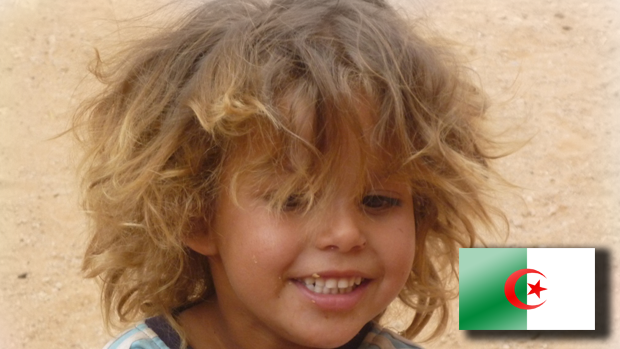 |
Algeria - AlgiersAlgeria's flag was once formally adopted on July three, 1962. The flag features two equal vertical bands of green and white with a red, 5-pointed star inside a red crescent centered over the 2-colour boundary. The crescent, star, and colour green are conventional symbols of Islam (the state faith). |
 |
Angola - LuandaAngola's flag used to be formally adopted on November eleven, 1975. The flag has a horizontally divided field with red over black. A golden star, a part of a cog wheel and a machete is centered. That symbol is alleged to be inspired through the hammer and sickle, and represents industrial and agricultural workers. Yellow is symbolic of the country's mineral wealth, and red and black are mentioned to face for 'Freedom or Death'. |
 |
Benin - Porto-NovoBenin's flag used to be officially adopted on November sixteen, 1959. The colour green recalls hope and revival, red the braveness of ancestors, and yellow the on-going protection of the country's wealth. |
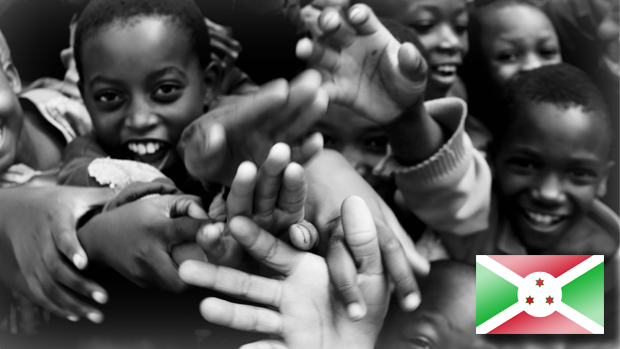 |
Burundi - BujumburaThe Burundi flag used to be formally adopted on June 28, 1967. The three stars signify the three ethnic groups that reside within the country; the Hutu, Tutsi and the Twa. The red within the flag stands for the independence fight, the green for hope and the white for peace. |
 |
Egypt - CairoThe flag of Egypt was once officially adopted on October four, 1984. The red, white and black are Pan-African colours, whereas the centered gold eagle is claimed to signify the Eagle of Saladin. |
 |
Ethiopia - Addis AbabaThe flag of Ethiopia was once officially adopted on February 6, 1996. It features the Pan-African colours; green is symbolic of Ethiopia's land, yellow is the colour of peace and love, and red the colour of power. The centered gold star on a blue shield is claimed to symbolize team spirit. |
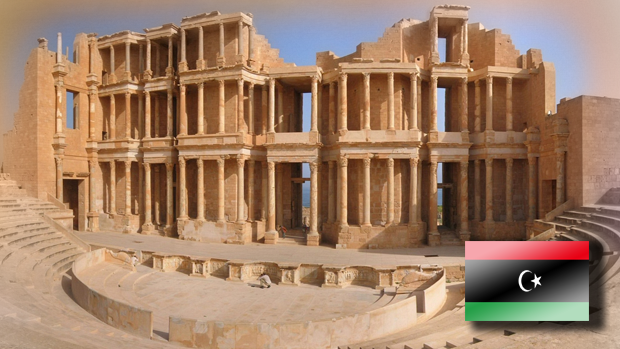 |
Libya - TripoliThe flag of Libya is the flag utilized by the National Transitional Council and the anti-Gaddafi forces because it used to be first outlined as the country's nationwide flag within the Libyan meantime Constitutional Declaration issued on three August 2011, on account of the Fall of Tripoli from the Gaddafi regime in the Libyan civil struggle in August 2011. |
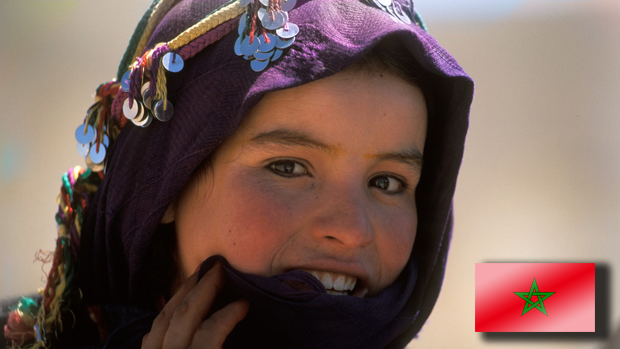 |
Morocco - RabatMorocco flag was once formally adopted on November 17, 1915. The flag's deep red colour is symbolic of the decendents of the prophet Muhammad, and the Seal of Solomon green star is centered. |
 |
Mozambique - MaputoThe Mozambique flag was once officially adopted on May 1, 1983. Green is symbolic of the fertile land, red the fight for independence, yellow the country's mineral resources, white signifies peace and black represents the African continent. The authentic logo of Mozambique is displayed on the red triangle. |
 |
Cape Verde - PraiaThe Cape Verde flag was once formally adopted on February 25, 1992.The gold stars characterize the (10) islands of the country. The darkish blue represents the Atlantic Ocean and the red stripe - the road to economic development. |
 |
Congo - BrazzavilleThe nationwide flag of the Republic of Congo is split diagonally into two halves through a yellow band running through the middle.The upper triangle, towards the hoist side is green and the lower triangle is red. These are the standard Pan-African colours; it's the fifth nationwide flag to use these colours. The Congo Brazzaville flag used to be at first adopted on August 18, 1958 however was abandoned in 1970. Twenty-one years afterward June 10, 1991, the flag used to be re-introduced as the authentic flag of the Republic. |
 |
Tunisia - TunisThe flag of Tunisia was once officially adopted in 1835. It options the crescent and star of Islam on a field of red - a colour taken from the traditional flag of Turkey. |